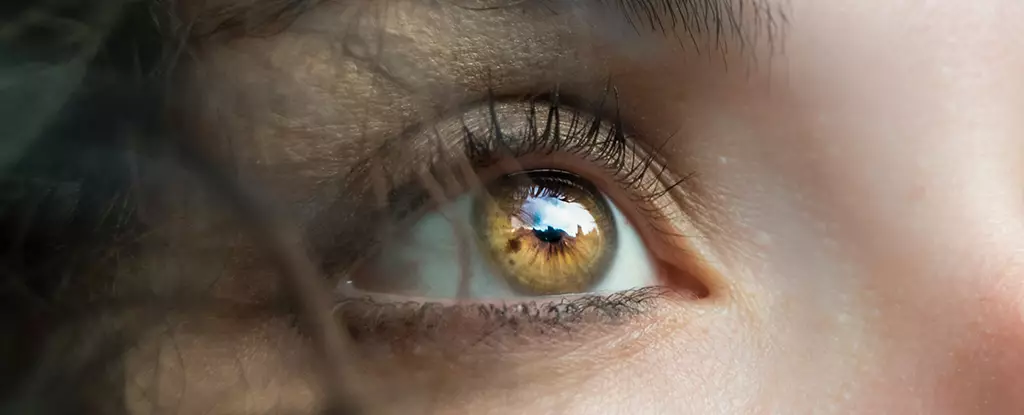Each year, stroke remains a significant health concern worldwide, claiming lives and leaving many with debilitating conditions. However, emerging research suggests that something as simple as an eye examination could provide critical insights into an individual’s risk of experiencing a stroke. A recent study has unveiled a groundbreaking method utilizing artificial intelligence (AI) to analyze blood vessel patterns in the retina, the light-sensitive tissue at the rear of the eye. This analysis could profoundly influence how healthcare providers assess stroke risk and prioritize preventive measures.
The research, which involved an extensive examination of retinal images from over 45,000 individuals, identified 29 distinct blood vessel “fingerprints” with significant correlations to increased stroke risk. Utilizing advanced machine learning algorithms, researchers were able to detect specific attributes in the blood vessels of the retina, such as their shape and density. This innovative study’s findings suggest that the eye can serve as a remarkable window into cardiovascular health, highlighting how changes in retinal blood vessels may mirror those occurring in cerebral vessels.
Among the participants, 749 individuals experienced strokes over an average follow-up period of 12.5 years, underscoring the longitudinal nature of the research. By comparing patterns of retinal blood vessels in those who experienced strokes with those who did not, researchers could ascertain the predictive power of these retinal indicators.
The study’s results reveal that the identified retinal parameters could lead to a staggering 9.8% to 19.5% increase in stroke risk likelihood. This connection aligns with prior research establishing a relationship between retinal vascular changes and stroke risk factors such as hypertension and diabetes. The researchers emphasize that these findings shed light on the vascular health of the individual and remind us of the intricate links between eye health and overall systemic health.
Pathologically speaking, compromised vascular health can result in inadequate oxygen and nutrient supply to both the brain and eyes, elucidating how eye examinations can serve as precursors to identifying potential stroke risk. Although it’s essential to tread carefully—understanding that the study is not definitive proof of direct causation—it bolsters the narrative that holistic health assessments, including eye exams, can reveal underlying vulnerabilities in an individual’s health profile.
Broader Implications for Healthcare
The practical implications of this study are enormous. In an era where preventative healthcare is paramount, the ability to flag individuals at heightened risk for stroke during routine eye tests could lead to early interventions. This could involve lifestyle modifications, dietary changes, or even medical treatments directed at the identified risk factors. Furthermore, by adopting such a method, primary healthcare providers, especially in low-resource settings, could streamline stroke risk assessments, making a significant impact on public health.
More importantly, the incorporation of retinal analysis into routine medical examinations would empower healthcare professionals with a simple, non-invasive tool, enhancing preventive care on a broader scale. The relationship between retinal health and stroke is a reminder that our bodies are interconnected; changes in one area often reflect or foreshadow changes elsewhere.
The integration of AI in such medical assessments heralds a new era where technology enhances human capabilities, thus improving diagnostic accuracy. As this study exemplifies, machine learning can uncover information that may be overlooked through traditional observation. The potential for AI to revolutionize healthcare is boundless, paving the way for personalized medicine and more proactive health management.
As researchers continue to bridge the gap between eye health and stroke prevention, the practical implementation of such findings could reshape the future of health diagnostics. Eye tests may become indispensable tools for assessing and mitigating stroke risk, transforming how we approach preventative healthcare in this vital area. We stand on the cusp of progress that could redefine the relationship between routine screenings and serious health risks, reminding us that what we see—or do not see—can profoundly impact our lives.


Leave a Reply